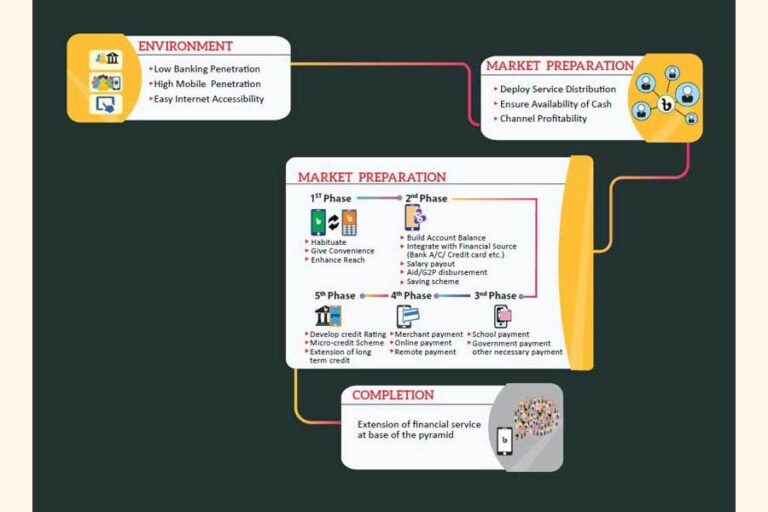What Are Crime Prevention Strategies?
Crime prevention strategies are various approaches used to reduce the risk of criminal activity in a society. These strategies can include community-based initiatives, law enforcement practices, public education, and other measures. Crime prevention strategies are designed to reduce the factors that can increase the likelihood of a person committing a criminal act, such as poverty, lack of education, or lack of access to opportunity. These strategies also seek to create a safer and more secure environment for people to live and work in, as well as to discourage potential offenders from engaging in criminal behavior.
Definition of Crime Prevention
Crime prevention is an important element of criminal justice and public safety. It refers to strategies and measures aimed at reducing the risk of criminal activities, or the consequences of such activities, in a given environment. Crime prevention initiatives can be applied to both physical and virtual areas, as well as to individuals.
Crime prevention strategies are designed to be proactive rather than reactive. They may involve targeted initiatives and measures such as police patrols, improved surveillance and security systems, public education, and law enforcement. Other strategies include crime-proofing buildings, targeted interventions, and community-based programs that address the root causes of crime.
In addition, crime prevention strategies can involve legislative measures that discourage criminals and increase the likelihood of successful prosecutions. These measures include tougher sentencing for repeat offenders, heightened penalties for certain crimes, and increased police presence in areas of high crime.
Overall, crime prevention strategies are important tools for reducing criminal activities and promoting public safety. Their effectiveness depends on the ability of law enforcement and other stakeholders to identify and address the underlying causes of crime, as well as their ability to implement effective measures and initiatives.
Types of Crime Prevention Strategies
Crime prevention strategies are approaches to reduce the risk of crime, as well as its impact. These strategies are typically divided into two categories: primary prevention and secondary prevention. Primary prevention strategies focus on reducing risk factors, such as poverty, inequality, and social exclusion. This includes providing better education and job opportunities, improving access to health care, and addressing social problems such as homelessness. Secondary prevention strategies focus on reducing the effects of existing crime, such as by improving police practices, enforcing laws, and providing social support to at-risk populations. Both primary and secondary prevention strategies are essential for crime prevention, as they address the root causes of crime and provide support to those affected.
Benefits of Crime Prevention
Strategies
Crime prevention strategies can provide a variety of benefits to individuals, businesses, and communities. By proactively addressing potential criminal activity, these strategies can help reduce crime and mitigate its effects. Additionally, crime prevention strategies can save money, reduce the need for law enforcement resources, and create safer environments.
Crime prevention strategies can be tailored to the needs of a particular community or organization. For businesses, strategies can include increased security measures, better lighting, and improved surveillance. For residential areas, strategies may include increased police presence, neighborhood watch programs, and better communication between residents and law enforcement. Additionally, crime prevention strategies can help improve public health and safety by providing educational opportunities and crime prevention initiatives.
Ultimately, crime prevention strategies provide a variety of advantages to individuals, businesses, and communities. By proactively addressing criminal activity, these strategies can help reduce crime, save money, and create safer environments. Additionally, crime prevention strategies can help improve public health and safety, as well as provide educational opportunities. Through effective crime prevention strategies, individuals, businesses, and communities can benefit in a variety of ways.
Challenges of Crime Prevention
Crime prevention is a complex issue that requires a multifaceted approach. While it is possible to reduce the occurrence of crime through various strategies, there are a number of challenges that law enforcement and criminal justice systems face in putting these strategies into practice. Some of the key challenges include inadequate funding, lack of resources, insufficient education, and the prevalence of high-risk behaviors.
Funding is a major challenge for many crime prevention initiatives. Many law enforcement agencies lack the resources necessary to implement effective strategies, such as hiring additional police officers and providing training for community members. Without adequate funding, many crime prevention programs are unable to reach their full potential.
In addition, there is a lack of resources in many areas. This includes inadequate access to mental health and social services, which can be essential in preventing crime. Many communities also lack access to educational opportunities, which can help to reduce crime by providing individuals with the knowledge they need to make better decisions.
High-risk behaviors, such as drug and alcohol use, are another major challenge for crime prevention. These behaviors increase the likelihood of criminal activity and can be difficult to address without proper prevention strategies.
Overall, crime prevention is a complex issue that requires a multifaceted approach. In order to be successful, crime prevention initiatives must be adequately funded, have access to necessary resources, and address high-risk behaviors. By implementing these strategies, law enforcement and criminal justice systems can work to reduce crime and create safer communities.
Resources for Developing Effective Crime Prevention Strategies
Crime prevention strategies are an essential part of maintaining public safety and reducing the number of criminal incidents in a community. But what exactly are these strategies and how can they be effectively implemented?
Many different steps can be taken to reduce the likelihood of criminal activity in an area. One of the most effective strategies is to develop a comprehensive crime prevention program. This includes a variety of measures such as increasing public awareness about crime prevention, increasing police presence, and implementing programs that target specific types of crime.
Other forms of crime prevention include implementing community-based programs that promote positive behavior and reduce delinquent behavior. This can include mentoring programs, after school activities, and educational programs that focus on teaching youth the importance of making responsible decisions.
It is also important to ensure that the local government provides adequate resources to support crime prevention initiatives. This includes providing adequate funding for police and other law enforcement agencies, as well as providing resources for the development of public safety initiatives.
Finally, it is important to ensure that community members are engaged in crime prevention efforts. This can include working with local law enforcement to create neighborhood watch programs, providing resources for community-based programs, and encouraging citizens to report suspicious activity. This type of collaboration can go a long way toward creating a safer environment for all members of the community.
By developing and implementing effective crime prevention strategies, communities can reduce the number of criminal incidents and create a safer environment for all. As a result, it is essential for local governments and community members to work together to ensure that these strategies are implemented properly.
Summary and Conclusions
Crime prevention strategies aim to reduce the risk of crime occurring in the first place. These strategies can range from targeted public education campaigns, to structural and environmental changes in a given area, to community-driven initiatives, and more. Ultimately, the goal of crime prevention is to reduce the level of criminal activity in a given area and to create a safer and healthier environment for all members of the community. The effectiveness of crime prevention strategies can vary, depending on the specific context and the resources available for implementation. It is important to note that crime prevention strategies should be evaluated and adjusted, as needed. By doing so, communities can ensure that the strategies implemented are effective and are tailored to their needs. Ultimately, the success of crime prevention efforts rests with the commitment of the community to invest in and implement effective solutions.
FAQs About the What Are Crime Prevention Strategies?
1. What are the most effective crime prevention strategies?
Answer: The most effective crime prevention strategies involve an integrated approach focusing on proactive policing, community engagement, public education, and providing social services to those at risk for criminal involvement.
2. How can community members help with crime prevention?
Answer: Community members can help with crime prevention by getting involved in local public safety initiatives, such as crime-watch programs, neighborhood watch, and community policing. They can also participate in activities that promote positive youth development, such as recreational and educational programs.
3. What are the most common types of crime prevention?
Answer: The most common types of crime prevention include situational measures such as security systems, surveillance, lighting, and other environmental design changes; proactive measures such as problem solving, crime analysis, and community policing; and reactive measures such as policing and criminal justice processes.
Conclusion
Crime prevention strategies are important for creating safer communities and reducing crime. These strategies can include community policing, education, and intervention programs. By implementing these strategies, cities and towns can reduce the number of victims of crime, while also providing support to those who may be at risk of committing a crime. By working together, communities can create safe and secure environments to live in.




